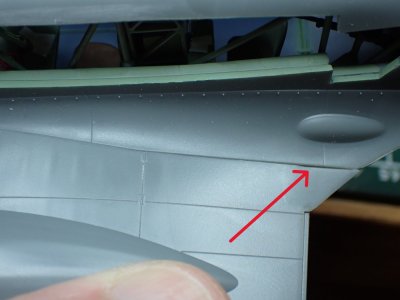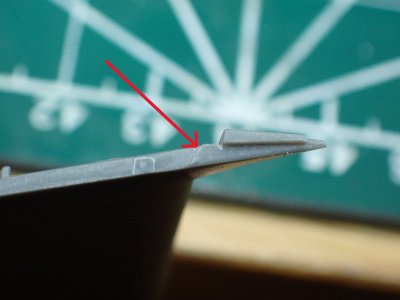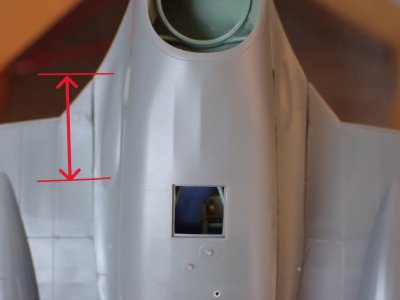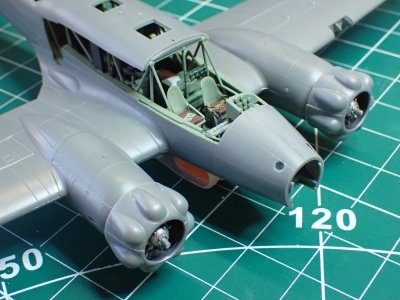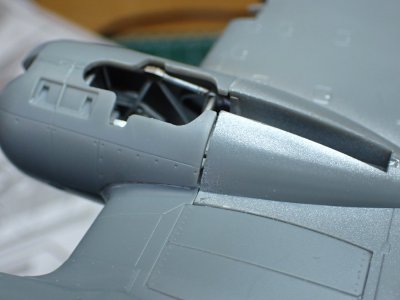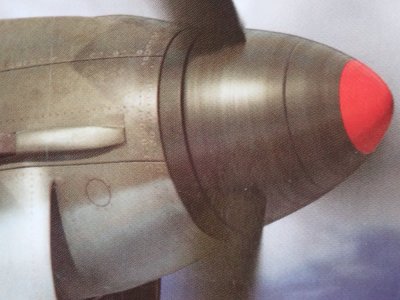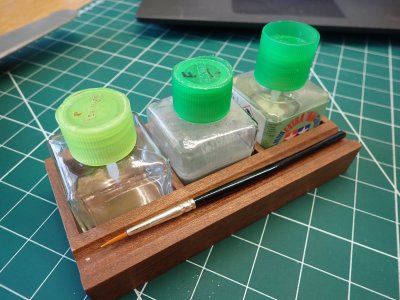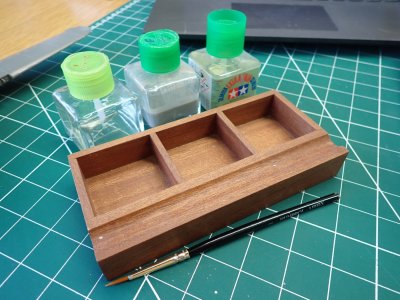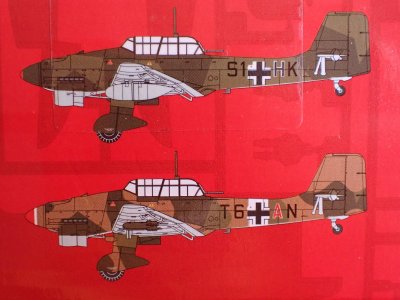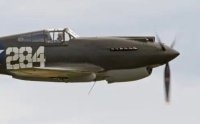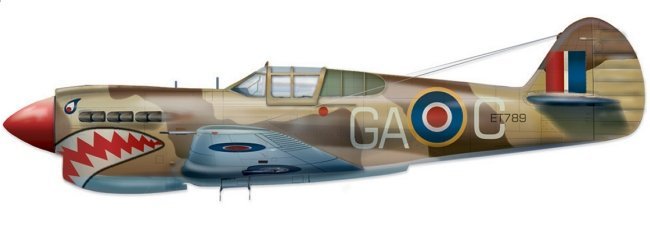Hello chaps. I've been away for a while but I have not been idle. The Anson book has required some serious study and I propose to show you some edited highlights, a mere 1% of the photographs in this marvellous volume. There was a lot of text too about the aircraft's development and operational career but since SOS is mostly ON the water rather than above it, I'll let that pass. I'll concentrate on the photos that are of most use to me in this project.

The hundreds of photographs I'm not showing you make it clear that Ansons were generally clean machines. They were 'light aircraft' with oil tight engines which didn't fly high enough for much UV damage to the paintwork. Think of those flying club Cessnas that buzz around only on sunny summer days and you'll get the picture. So heavy weathering would be inappropriate. This shot is the only one that shows noticeable modulation of the camouflage scheme.
From left to right we see a distinct difference in the shade of the paint across a panel line on the wing. I take it that the panel had been replaced with an item robbed from a hangar queen, possibly a battle damage story or maybe someone dropped the heavy brass refueller nozzle on it and put a hole in the wing?
I note the 'stick' on the nose. This is the ring and bead gunsight for the pilot's machine gun. So primitive it's laughable - but those three Me109 pilots weren't laughing, were they?
There's a wind deflector at the aft end of the windows to prevent draughts upsetting the gunner who fired from the open window right aft. I note that this is one of the rare occasions when a dry-brushing of aluminium paint is called for. It's something that's very over-used on model aircraft and makes them look more like well worn bulldozers than delicate aluminium aircraft.
At the top of the picture there's the aerial wire running from the mast to the tail. Except you can't really see it from a distance. I'm torn between adding it for interest or leaving it off for scale representation. My model is bigger than the photo and you
can see the insulator so I'm going to include it.
There are three definite dark marks around the fabric covered rear fuselage. They seem to follow the line of the frames and there's another dark line that sweeps down from the top of the rear window, below the turret to the roundel. That curved line runs from the metal or wood cabin roof area onto the fabric part. I think I know what all these marks are because I've seen similar many times when working the early shift on a variety of flight lines in the RAF. I think it's dew/frost which even on metal aircraft appears on the surface where there's frames and stringers below to chill the surface by conduction, allowing moisture to condense. So, do I incorporate this transient effect when I paint the model? It's a bit of a talking point so, yes.

I was delighted to see this picture. It's 20mm cannon, a local modification added by a single pilot to cause heartache to the E-Boat crews of the Kriegsmarine in 1940 but that's not the interesting part.
My Anson has 'silver' undersurfaces which I has assumed would be the dull, monotone silver dope which was so popular in the thirties RAF. But just hold on a moment! That red arrow points to a fabric section which is silver doped but the blue arrow and the green surely show a far more interesting natural metal finish which authorised me to paint each panel in a slightly different colour and shine. Excellent!
The green arrow also shows how some of the panels, in this case one of the bomb bay doors, 'fit where they touch'. It seems I needn't worry about that slight misalignment in my cabin roof when there are gaps in the airframe that you could hide a pork pie in.

This is an Australian Anson, much later in the war. It is showing some signs of wear, no doubt due to the Ozzie weather. I'm not planning to make the engine area of mine look so battered because this is such an exception to the usual 1940 standard. Pity.
I would like to draw your attention to the side windows though. Not glass nor even perspex, that looks to me like the celluloid rear windows that you see in the canvas roofs of classic sports cars. If Airfix had moulded the kit windows that way, everyone would have hated them. They did mould the 'oil-canning' distortion of the metal wing surfaces and many on-line reviewers have slated the kit for having "unrealistic fabric effects" - that's because it ain't fabric you dummies!
Also of interest is the way the wheels protrude under the wing. The Anson was the first RAF aircraft with retractable undercarriage and it was not uncommon for absent minded wheels-up landings to be made. Apart from bending the props, this wasn't a problem because there was enough wheel sticking out to take the weight of the aircraft. In fact, the Avro demonstrator pilot, showing off a prototype to the RAF in 1935 made exactly this error. I wonder whether he claimed to have done it on purpose to show of the 'safety feature'?
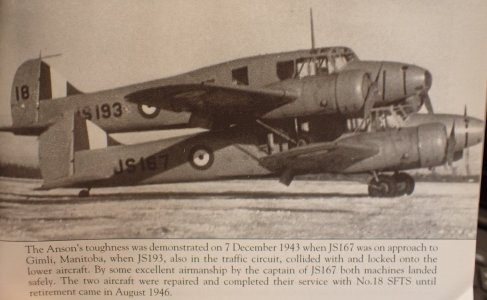
The Anson was a tough bird, capable of landing when 100% overloaded. And some of its pilots were outstanding.
And now, my model...
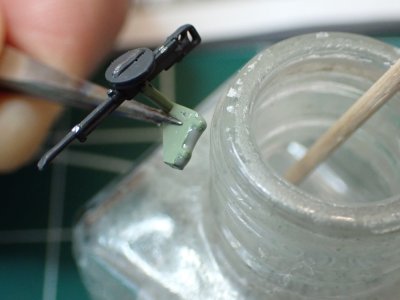
Those missing MGs were easily attached though the windows using Goop - styrene dissolved in cement. It's very sticky and useful for its instant grab feature. Just drop some chips of sprue into a half empty bottle of thin cement and stir.
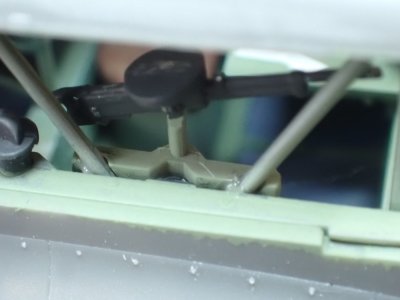
You can see the 'squeeze-out', darn it! I have a tendency to use too much glue on every occasion - a fault I'm trying to avoid.
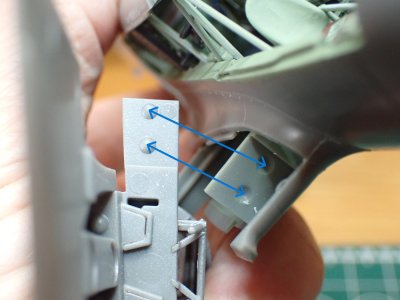
I glued the wings on this morning. Those round bumps/dents were very good at forcing the complex join to line up. It snapped into place and was held with a few pegs while I applied cement by capillary action.

See that glue squeezing out? I did that on purpose (honest!) so that you could see where the join goes around the various panel lines and lines up so well.


'Faithful Annie' will now rest overnight while that important join sets hard.
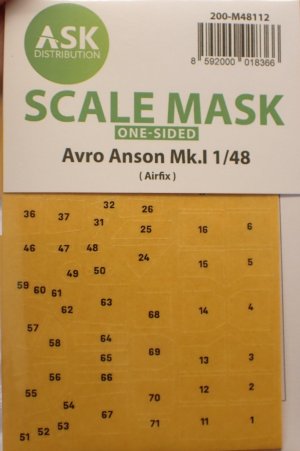
I have one more thing to show you. This is a pre-cut mask set for the windows. Yes, I know I could make my own masks but there are over a hundred of them in this set so I think I can forgive myself for the extravagance of aftermarket luxuries in this case.















